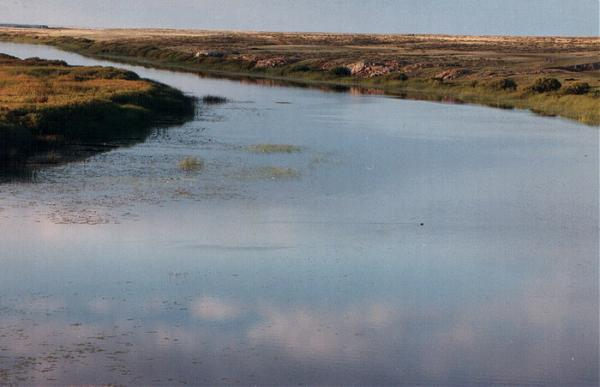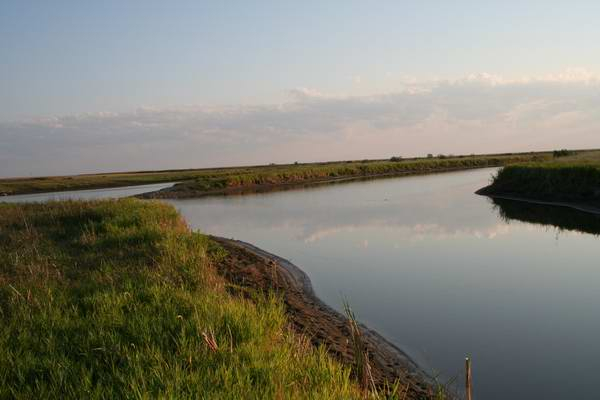Turgay

The Turgay is a river in Kazakhstan that travels through the Turgay Valley. The river runs over 825 kilometers (513 miles), and the drainage basin covers 157,000 square kilometers (61,000 sq mi). This is the longest river in Kazakhstan. The average water discharge rate is around 9 cubic meters per second. The Turgay vanishes in Shalkarteniz's endorheic basin. The Turgay Valley is a basin with active erosion and mineral deposits, notably iron ore. There are several rivers and lakes in the Turgay valley, but the Turgay River, with a length of 513 miles, is the longest to completely traverse through Kazakhstan.
The Turgay Plateau is located in northwestern Kazakhstan, between the Urals and Mugodzhar Hills in the west and the Kazakh Steppe in the east, in an erosion-tectonic basin. Dry steppes can be found in the north, whereas semi-steppes can be found in the south. The basin has iron ore and other mineral deposits.
The Turgay Valley runs from south to north through the Turgay Plateau. The Ubagan (a Tobol tributary) drains the valley to the north, while the Turgay drains it to the south. In the valley, there are numerous shallow, typically salty lakes. The Naurzumskyy reserve, located in the northern part of Kazakhstan's Turan lowland, connects the West Siberian Plain.
Length: 825 km (513 mi)











